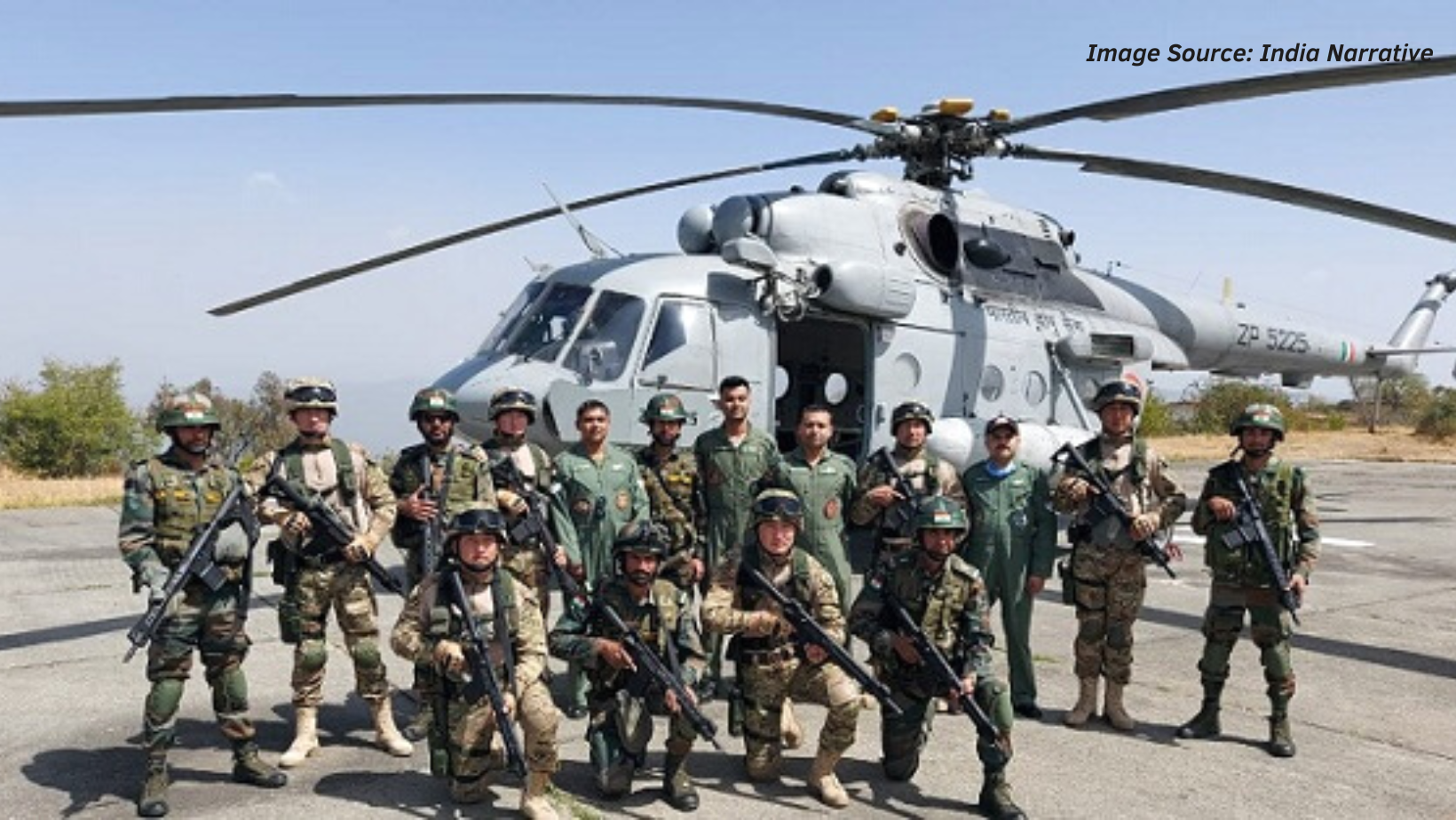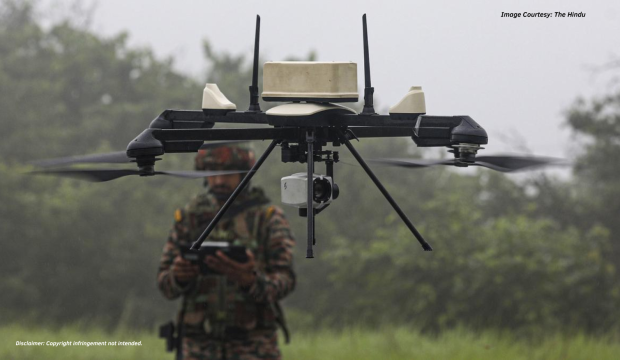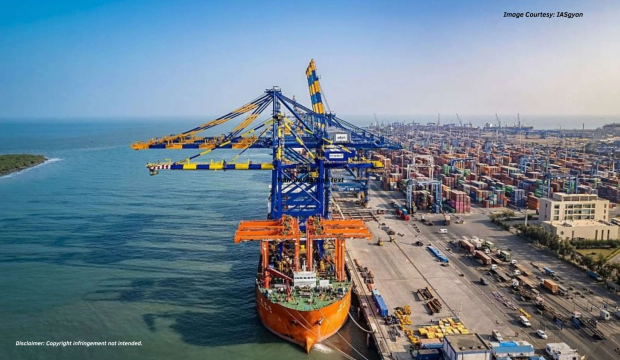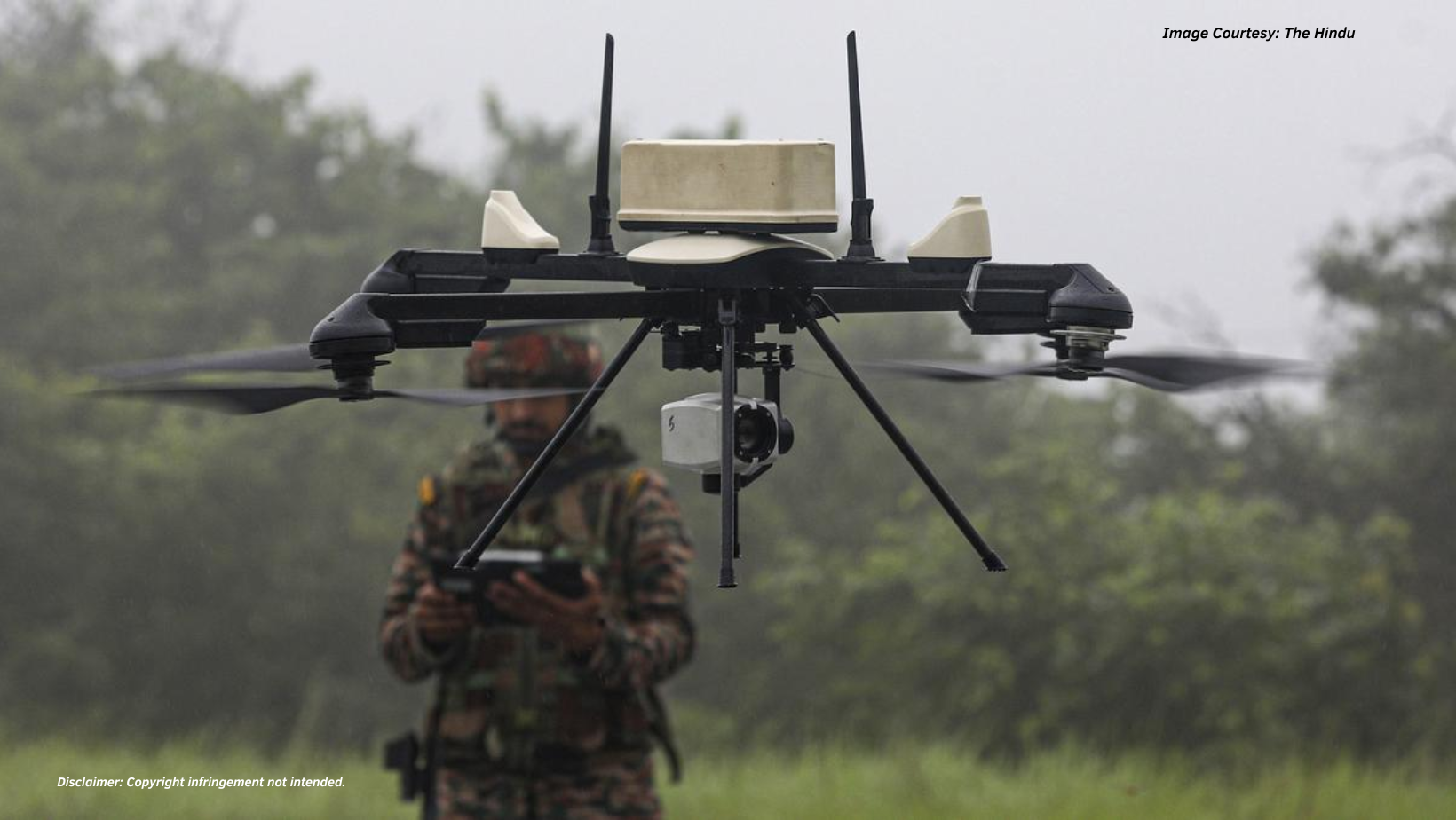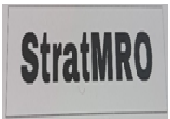Merging Technology with Tactics is the next big disruption in military operations, with technology being the first respondent in CICT Ops – sensor IOT based search and surveillance, drone and UGS driven cordons for round the clock watch and tactical probes, precision munition attacks to soften potential targets with least collateral damage and ghataks ready to exploit follow on technology driven advantage!
Introduction
The recent terror attack in Anantnag resulting in the supreme sacrifice of two army officers, one police officer and two soldiers has raised hackles and the demand, as always, is on a befitting punitive response. Once again the offensive reaction bar is raised and the Armed Forces will respond aggressively and appropriately. Coincidentally, the attack has happened close on heels with North Tech when state of the art indigenous technology was on display. There is a ominous need to incorporate deep tech for deep look to create real time situational awareness, profess automation, autonomy, precision and positioning and integrate technology solutions to trap and destroy terrorists. And hence, time has come for conduct of proactive op scenarios by deploying a myriad of technologies, as the first respondent in CICT Ops.
Disruption Through Technology
Over the past decade, technology has given the flesh to an age old adage, ‘whatever can be precisely defined can be perfectly designed and developed’, albeit in a shorter time frame, given the unprecedented technological disruption. The manifestation of the technology outreach whether obtrusively or unobtrusively, by kinetic and non-kinetic means, has redefined on what constitutes an act of war [1] and cyberattacks, aerial stand-off strikes are an example. Though data, digitisation and digitalisation are resulting in digital transformation globally and have given rise to a large number of dual use technologies which are drivers of automation & autonomous applications, it is disruption which is not only transforming technologies at an unprecedented pace, but also transforming business concepts, models, processes and practices. While automated systems are rule based, the autonomous systems are designed and programmed to take decisions and act. Supported by AI, IoT, Augmented Reality (AR), Virtual Reality (VR), big data analytics and driven by cloud computing, geospatial technologies the ICT based system of systems have revolutionized military and dual use technologies.[2]
3. The Revolution in Military Affairs, powered by digital transformation and niche disruptive technologies which impact the entire bandwidth of military activities be it info gathering, intelligence, recce, surveillance, training, logistics, decision support, control of resources both for defensive and offensive operations and fuelled Disruption in Military Affairs. Further, the spectrum of conflict has enhanced from land, sea, air to cyber, space, psychological (Informational / mis-informational) and hybrid. In an overall analysis, the disruptive technologies, with or without man in the loop, is about enhancing velocity of OODA loop, as the driver of decisive proactive actions for enhanced situational awareness and combat effectiveness. The paradigm of future warfare is best defined as C7 ISR – Command, Control, Communication, Computers, Cyber, Cognition, Combat ISR in a close knit autonomous loop. This Disruption in Military Affairs has ushered an era with the concept that “Victory is measured by Digital Footprint”, for all those of us who would still like to believe that victory is measured by foot.
The Internal Security and Counter Insurgency / Counter Terrorism Operations
Over the past few years, technology has transcended from an instrument of legitimate state applications for civil and military dual applications, to a lever being exploited for furthering nefarious acts by non-state actors. Misuse of Social media platform for honey trapping and technology for stealth and deception has been the modus operandi of terrorists, non-state actors and misguided youth. The salient technology stack which has been abused and needs to be suitably defeated and disrupted is given below:
(a) Radio Controlled IEDs. It started with IEDs were triggered by radio control, as early as 1990s, to inflict damage and cause casualties to security forces. Sniffer dog squads and counter radio controlled IED sets added to the work load of road opening parties and op loads of patrols but effectively saved precious lives.
(b) YSMS Communication Technology. The next challenge was posed by YSMS technology, since 2015, using burst communication where the terrorists acquired state of the art communication systems which rendered surveillance of terrorist communication and consequent tracking and jamming of communication systems difficult and largely, in effective. YSMS technology was developed in the US and first used during Hurricane Sandy in 2012 to establish disaster relief control after mobile towers were destroyed by the hurricane. This was the only form of communication based on very high frequency with the help of a smartphone in sync with radio sets. The terrorists have been using smartphones without SIMs, pairing them to radio sets in a human machine and machine to machine interface to relay end to end encrypted messages including the precise locations to other paired devices using line-of-sight. There is no mobile network invoked and hence, it is difficult to intercept these communications and track them down.
(c) ICT, Computers and Mobile Apps. YSMS was augmented by use computer and web-browsers access to the dark web. The dark web-based ICT network makes it extremely challenging to track the activities on the internet since the system is configured to pass the info through multiple proxy servers and the net is controlled by different organisations and private individuals. This makes the path intractable and extremely difficult to map the source of network traffic. The online gaming software apps facilitate voice over internet protocol and the ability to transfer files that allow real-time communications. Activities in these platforms are not tracked and hence, another tech exploitation of modern connected devices which enable communication with the potential to be abused.
(d) Drones. There have been over 200 incidents this year of non-state actors in the IB Sector in the State of Punjab, Jammu & Kashmir Region where drones have created a Rule of Law challenge in drug trafficking and smuggling of small arms and ammunition. Recently, there was a media report on terror cadres being trained on drone based / technology based insertion and infiltration. The most daring attempt, however, has been by the Yemen’s Iran-backed Houthi rebels, the infamous non-state actors, attack on Aramco Refinery in the Saudi capital on 12 Apr 21 (and earlier on 14 Sep 19), using bombs and missiles laden drones, is an offensive act on the Kingdom’s energy and security installations. These drones reportedly flew more than 500 kms in an autonomous mode and hit their targets with precision. Drones have the ability to achieve the wish list through customizing unmanned aerial autonomous systems in varied applications.[3]
Tryst with Technology in CI CT Operations
There has been immense technology insertion in terms of communication and electronics warfare systems, counter RCIED equipment, info systems to track terror outfits and hard core terrorists and unmanned aerial autonomous systems. There is a need to merge technology with tactics to ensure that the first responder is technology driven hardware for tracking and softening the target, inflicting casualties on terrorists and troop engagement is the culmination. This can be achieved through deploying unmanned autonomous systems based Autonomous Swarm Systems for Intelligence to seek and Strike Targets (ASSIST). This calls for defining, designing and developing technology based tactics with technology based ASSIST to precede and facilitate safe and secure ground based operations.
UAS – An Enabling Technology
Army Day Parade on 15 Jan 2021 witnessed the drone defensive and offensive scenarios indicating the importance of UAS. UAS is the next disruption and empower future scenarios not only for National defence but also for dual use in the civvy street. That said, consider a contingency of an unmanned system in a seeker shooter mode, totally autonomous, with a swarm of aerial and ground based vectors planning an operation in the hinterland or in the TBA or an unmanned recce in force troop of tanks or unmanned swarm on a surgical strike mission or a fleet of unmanned autonomous ships as a part of a mission. The future operations, are going to be a manifestation of human ideation, innovation and inventiveness – anytime anywhere. Over the past decade, technology has given shape to an age old product adage, ‘whatever can be defined can be designed’, albeit in a shorter time frame, both in intent, context and content, given the unprecedented technological disruption.[4] UAS will remain instruments for quick deployment transcending time and space and could be the first respondents as a swarm of unmanned combat echelon.
The GenNext Lethal Unmanned Autonomous Systems (UAS)
Deployment of unmanned autonomous systems aerial, ground based and on water bodies is the need of the hour with a variety of roles, sizes, payloads and endurances can be customised as unmanned autonomous combat systems.[5]
(a) Unmanned Autonomous Ground Combat Systems (UAGCS). Robot humanoids, armed robots, robot mules, unmanned combat vehicles and unmanned combat vehicles with tethered drones deployed as a swarm in a tight autonomous or manned loop could operate in TBA. Theses could be deployed as unmanned posts, undertake surveillance and recce missions, recce in force, cordon – seek and destroy missions and house search and destroy missions. Shaping the CI CT grid with a swarm of UAGCS supported by man in the loop and QRTs suitably postured and deployed for mopping up, would provide the combat edge. The logistics supply chain to facilitate ammunition and logistics support could also be based on this unmanned combat support force
(b) Unmanned Autonomous Aerial Combat Systems (UAACS). Driven by nano technology, a new manifestation of aerial UAS is palm top drone, like Black Hornett and micro drones. This has immense applications in urban insurgency and CI CT Ops for close surveillance by entering windows. Other customisations are mini and macro unmanned aerial autonomous systems which may be quad, hexa, octo copters, mini helicopter and fixed wing UAS. These systems and more importantly ORNITHOPTERS which are virtual birds could be deployed in seeker shooter mode. The payload may comprise day -night cameras and grenades, automatic grenade launchers for seek and shoot or a kamikaze drones. A quasi drone may be deployed to act as a communication and control station for creating uplink and downlink passage of info for effective command and control. This is the nextgen combat deployment in CICT grid which we need to prepare as a swarm of UAACS or flock of ornithopters deployed against terrorists as targets. In sync with the unmanned aerial arm is the unmanned autonomous ground combat systems (UAGCS) including robot mules powered by fuel engines / electric power / solar power /hybrid and robot humanoids/mules which could work in isolation or synergy for shock effect on terrorist hideouts. These systems could actually be an aggressive UAS combat force with the spectrum of combat abilities ranging from surveillance, recce for search and destroy. With the proliferation of sensor, AI platforms to configure ground based unmanned systems (robots), aerial unmanned systems and loiter ammunitions, a paradigm shift from automation to autonomous decision support systems graduating to Lethal Autonomous Weapon System can actually preempt, dislocate, and disrupt the nefarious designs of terrorists.
(c) Unmanned Autonomous Naval Combat Systems (UANCS).
Unmanned ships, boats and combat vessels, under water submarines, and seabed mine sweepers can augment the UANF, as a part of sea and lake fleet. This would have surveillance and kinetic kill weapon platforms for seek and destroy. These could be employed in conjunction with UAGCS and UAACS for amphibious combat operations.
Deployment Scenario Building
The Corps Battle Schools and CICT Schools must train all ranks in effective use of technology and merging technology with tactics. Deployment of UAS ground based, aerial as swarms for ambushes, tracking trails, surveillance, recce, search and destroy without exposing troops as first respondents would go a long way in optimal impact of technology in CICT grid. This calls for innovative thinking and incorporating technology for designing and deploying tight cordons and configuring a common operating picture with real time situational awareness. This would be hugely effective in surveillance with aerial drones as eye in the sky ground based UGS for manning key locations; precise strikes on terrorists / hideouts with UAS based aerial and ground weapons thereby reducing collateral damage and own troop casualties. Once the UAS cordon is deployed, round the clock surveillance of target hideouts, houses in urban or quasi urban / rural areas, deployed with the swarm, UAGCS and UAACS in conjunction with QRTs could be suitably positioned to cover likely killing grounds. There sis a strong case for deploying UAS.
Drone Counter Measures
Unmanned Aerial Autonomous Systems have become a weapon of choice by non-state actors, and that is where the threat scenario becomes a cause for absolute concern. There is a need to develop and deploy UAS denial technologies as a potent counter measure, both non-kinetic neutralisation through jamming and hard kill kinetic.
Conclusion
The operational scenarios and combat effectiveness can be hugely augmented by deployment of technology and its innovative employment. This calls for nominating a chief technology officer in HQ at all levels to ensure proactive deployment of technology in TBA. The Def Expos and North / East Techs organised annually give an expose of the technology availability of the shelf and create jointness between Armed Forces, Industry and Academia to cover the gaps and unmet needs of combat forces. This need to be proactively pursued through emergency procurements and ACSFP and deployed on ground for combat effectiveness.
The Unmanned Autonomous Systems are there to stay, deploy, deter, dissuade, destroy and disrupt. These must be deployed in CI CT grid, on LC, LAC, IB and tactical battle areas as standalone and swarm systems, as an eye in the sky for beyond visual range recce coupled with armed aerial and ground based UAS to strike in a seek and respond (shooter) autonomous mode. There is a need to analyse and prepare CICT grid for this op scenario with all its contingencies. ASSIST as a technology driven machine to machine and human machine interface is the best way forward in military operations. Let us make the right choices. UAS and anti UAS are no longer a choice it is a compulsion for combat readiness and operational effectiveness.
DISCLAIMER
The paper is author’s individual scholastic articulation and does not necessarily reflect the views of CENJOWS. The author certifies that the article is original in content, unpublished and it has not been submitted for publication/ web upload elsewhere and that the facts and figures quoted are duly referenced, as needed and are believed to be correct.
References
- Lt Gen Anil Kapoor (Retired), Unmanned Autonomous Systems – The Future is Here, CENJOWS, Oct 2022
- Ibid
- Lt Gen Anil Kapoor (Retired), Unmanned Autonomous Systems – The Future is Here, CENJOWS, Oct 2022
Lt Gen Anil Kapoor (Retired), Aatmanirbharta Through Technology Sovereignty, CENJOWS, Dec 22
- Lt Gen Anil Kapoor (Retired), Unmanned Autonomous Systems – The Future is Here, CENJOWS, Oct 2022


